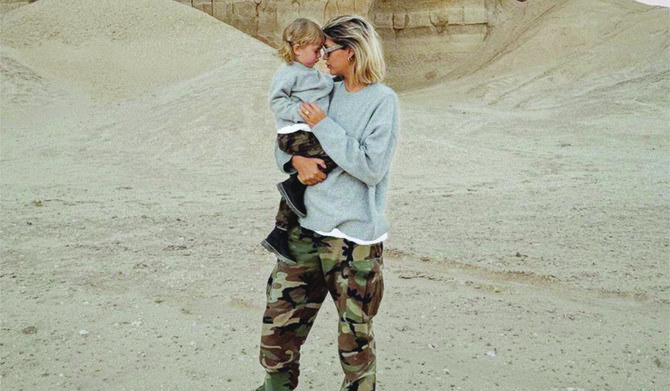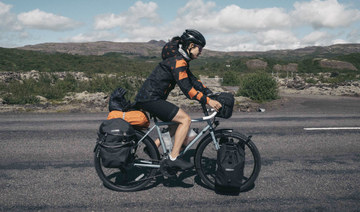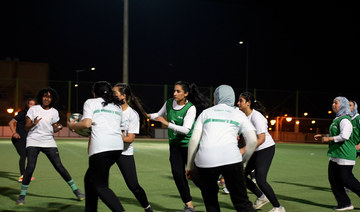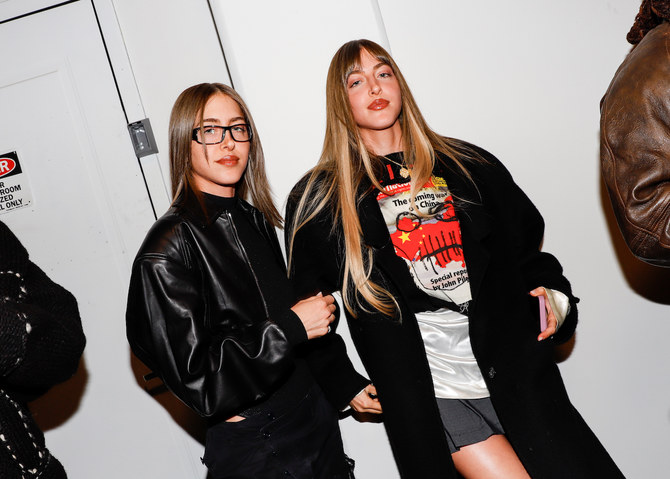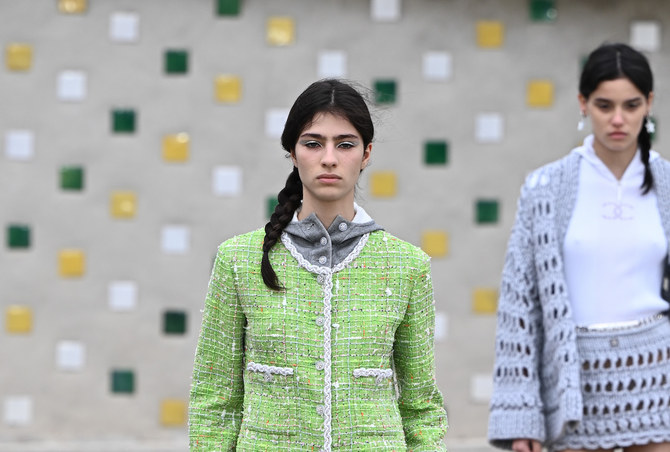MANAMA: Moroccan artist Ichraq Bouzidi has spent most of her adult life working as an architect — a subject she says she studied to please her parents. But, she adds, “I always wanted to study art. I started drawing at the age of six and was deeply passionate about it.”
Bouzidi, who has lived in Dubai for five years, finally made the leap in 2018, when she submitted some illustrations to Tashkeel Open Call Play and Dubai Design District’s Fencing competition. “Being selected for both was like a sign for me that it was time to pursue my childhood dream and that’s what I did,” she says.
Her Instagram page @ichraqbouzidi has only been active for 18 months but her extremely personal illustrations — including those of life during COVID-19 —have clearly struck a chord with a wide audience.
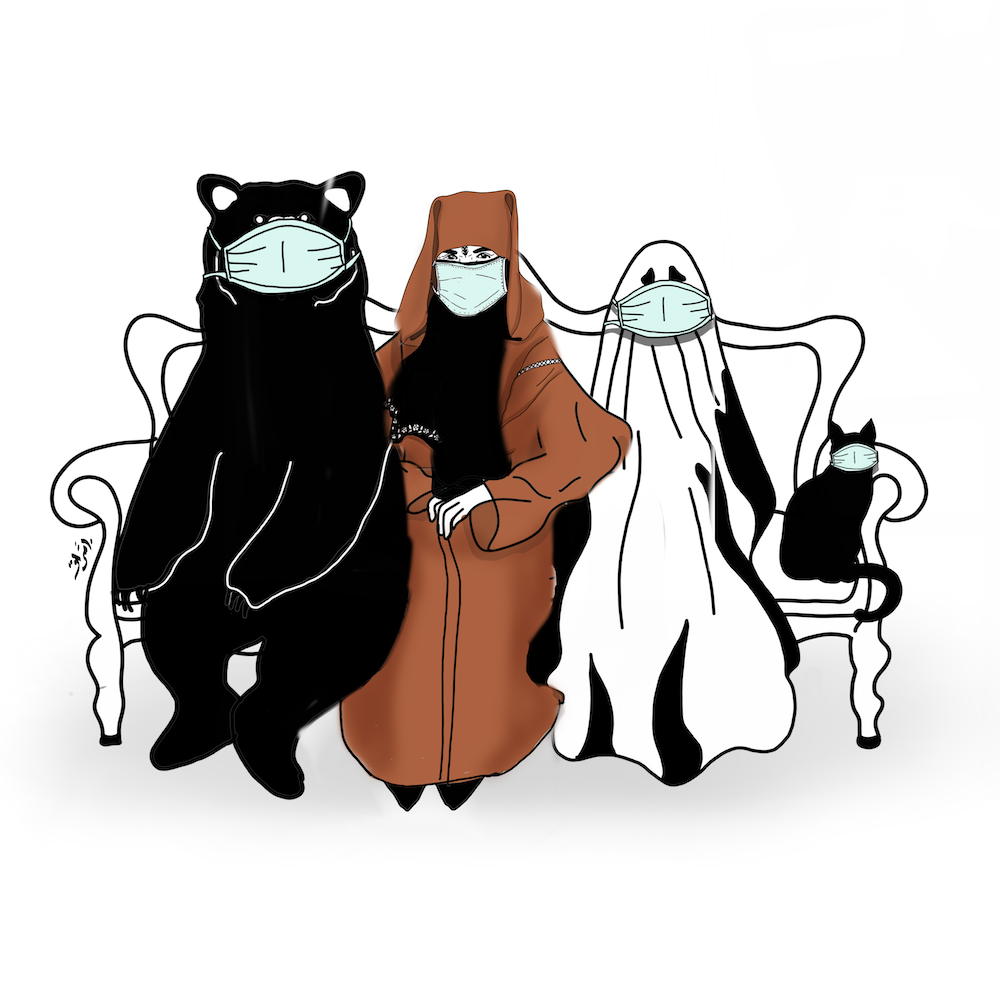
Ichraq Bouzidi, “Family Portrait.” Supplied
“I think it’s the little stories I share with my work that (attract) people the most,” she explains. “I think of art as a conductor of shared experiences and my work has always found inspiration in collective memories and real day-to day facts. People relate to this somehow. I always get this kind of feedback — ‘It’s like you’re talking about my childhood’ or ‘You’re describing exactly what I’ve been through.’ A shared experience is very pleasing and comforting at the same time.”
Her work during the pandemic has dealt with issues including isolation, born from Bouzidi’s own experience. “It always starts with an emotion. I draw what touches me the most or what I feel in the moment,” she says. “I usually try to depict and share my own experience, often in a metaphorical view, as a way to reflect into the quotidian but also escape it.

Ichraq Bouzidi, “Eternal Kid.” Supplied
“I think, in the pandemic, we’ve all been through complex feelings: Isolation, fear and the waiting zone of the unknown. That’s exactly what I’ve been drawing — sarcastically sometimes — and It’s amazing how people have experienced the same (things).”
Her decision to focus on other deeply personal issues — such as her struggle to conceive, or having a miscarriage, topics many would shy away from — is driven by the same desire to connect.
“Sharing real life experiences through art is at the center of my practice. It may be helpful sharing your life difficulties with others and knowing that you’re not alone,” she says. “I think being truthful and sharing struggles is a must in an era where fake and superficial is the trademark.
“I was surprised to receive an incredible number of similar stories from women — both those I know and those I don’t — who have been through the same, opening up to me as their way to express support and sharing their own struggles.”
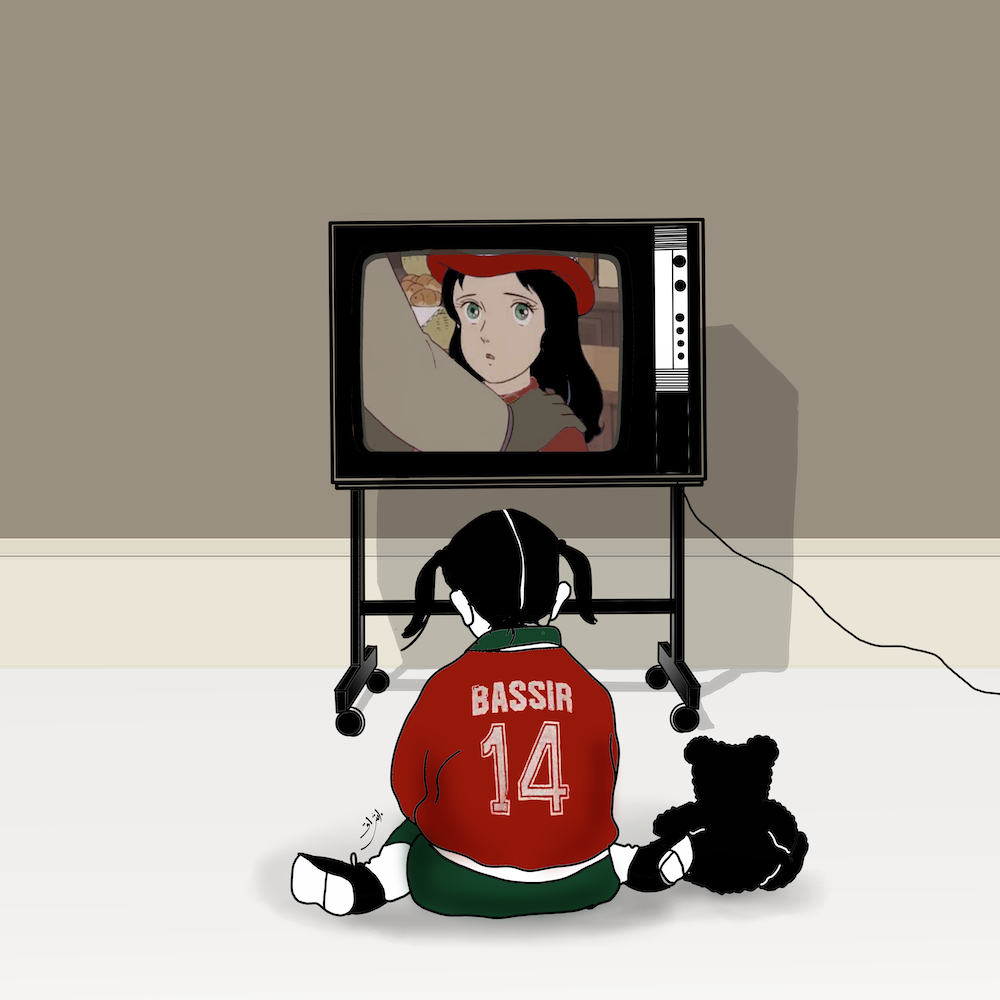
Ichraq Bouzidi, “My Childhood Heroes.” Supplied
Bouzidi is a forceful advocate for mental health issues. She frequently includes a bear in her work, particularly in a series she created for Mental Health Awareness Week. She explains: “The characters in my drawings are a part of who I am, expressed in a surreal way. The bear, for instance, is an expression of a phase, a state of mind, when I’m mostly overwhelmed, introverted — hibernating in the way a bear does. It's a mixture of complex feelings and emotions that I feel the bear incarnates best.”
Another thing that people react strongly to is Bouzidi’s depictions of cats, such as “Satoshi in Space.”
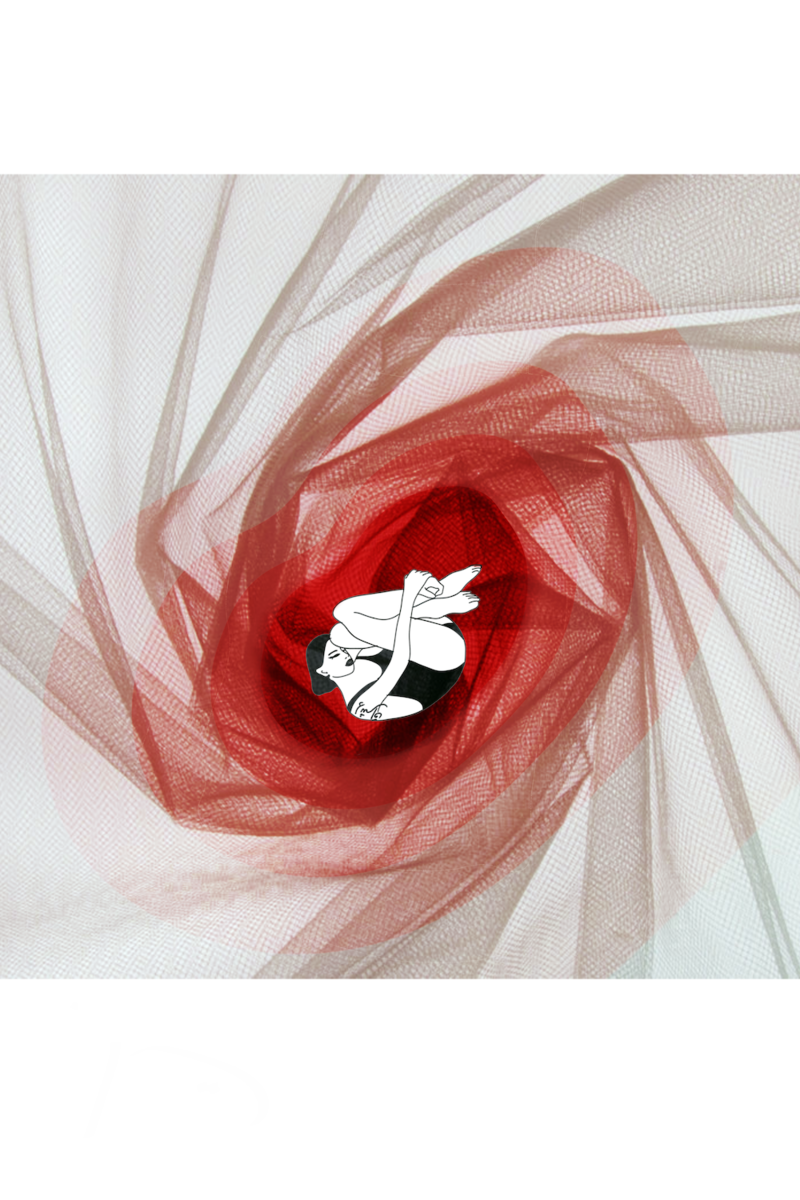
Ichraq Bouzidi, “Miscarriage.” Supplied
“Again, I always draw my own personal experience, and cats have always been part of my life since my early childhood,” she says. “Growing up as a nomad (her family moved frequently for her father’s job), making friends was really hard due to the instability and I found refuge, somehow, in cats. These fascinating creatures have always been the friends that I longed for, and still are.”
She begins her drawings as ink sketches and then creates them digitally. They mostly feature women. When men do appear, it’s generally only in relation to women; something that Bouzidi explains is deliberate.
“The pieces usually speak of who I am, or the women that I know or have met who’ve left traces implicitly. There are two main representations in my work, the modern minimalistic woman figure and the traditional Moroccan figure,” she says. “It’s my way to reflect on our complex identity as North African and Arab women — the multifaceted ones, struggling between modernism and tradition.”




